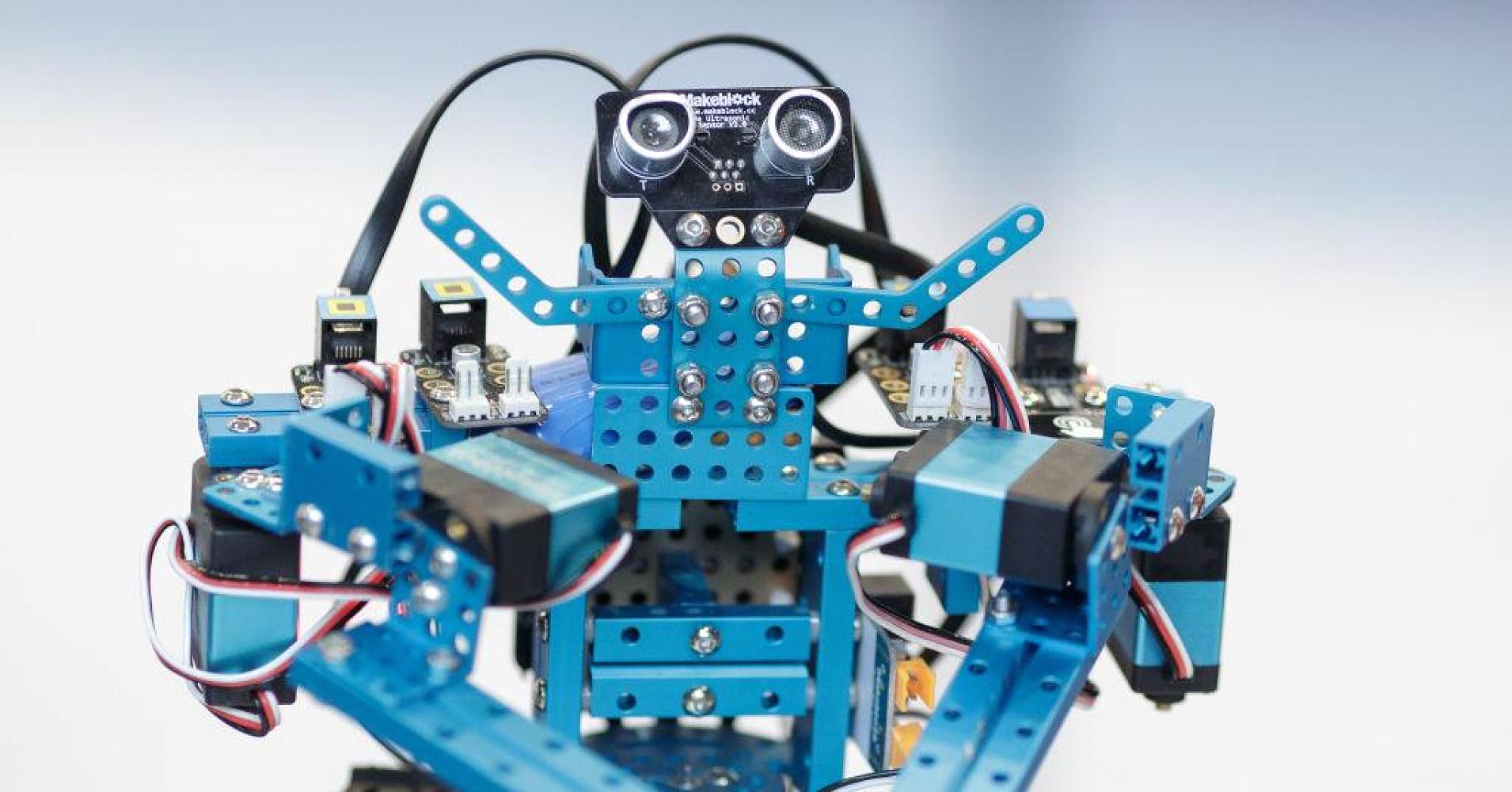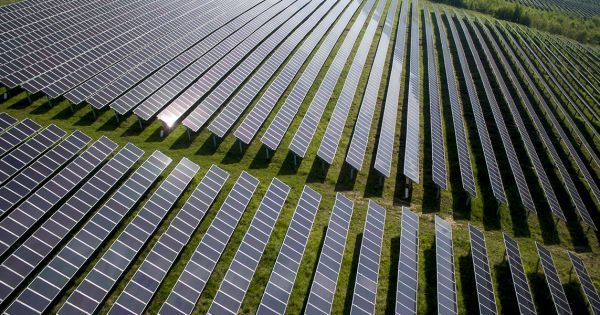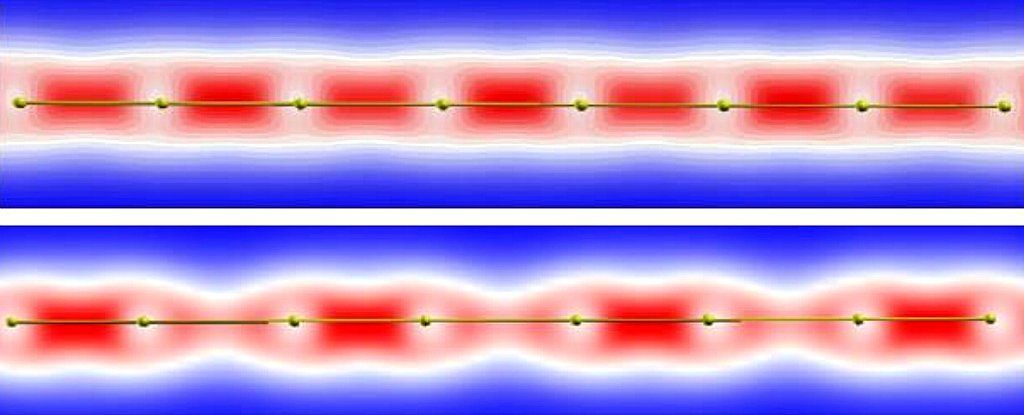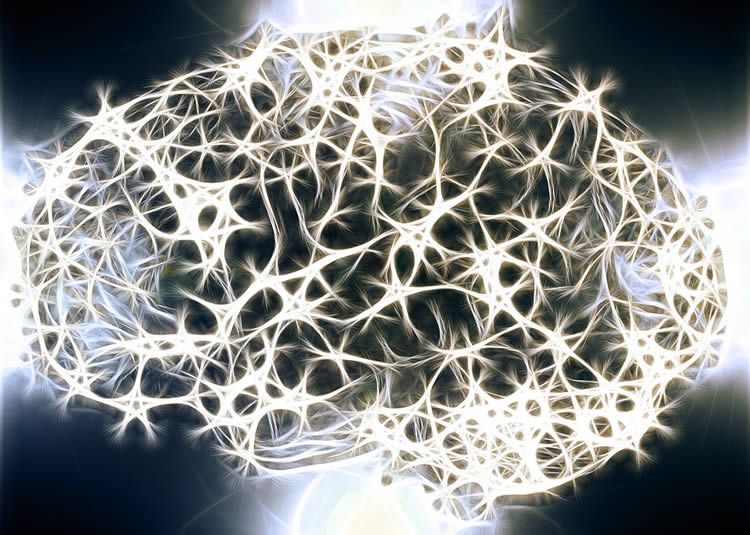Feb 4, 2017
China’s Manufacturing cost advantage is eroding so China will spend trillions for automation, robotics, 3D manufacturing and research
Posted by Dan Kummer in categories: business, employment, robotics/AI
While the USA has been extremely concerned about losing jobs (particularly manufacturing jobs to China), China performed a survey of businesses in the American Chamber of Commerce in Beijing and found that 25% had moved or were planning to move their businesses out of China. Half were going to other Asian countries and 40% to America, Canada or Mexico.
China’s worker wages are rising about 7–8% each year and they have a shrinking working age population as the people age.
China is making big moves in automation and large scale deployment of robotics. In 2014, President Xi Jinping talked about a robotics revolution. China has been the number one buyer of industrial robots since 2013. However, China lags other nations in terms of robots per worker.

















